

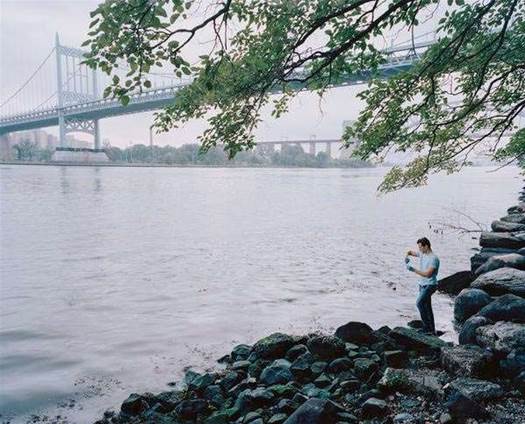
The Three Gorges Dam stands 185m high and 3,035m wide. Hydropower projects have had huge impacts on the Yangtze. The dam was designed to benefit people by controlling floods, generating power and aiding navigation, but it has upset the natural flow of the river. WWF and others are working with the operators of the Three Gorges Dam to ensure enough water is being released at key moments, thereby restoring the natural pulse of the river and supporting the needs of wildlife downstream.
“They’re bad,” Abdulaziz said. “We’re talking about the worst form of a water resource for consumption.”
But even though these holes contained contaminated water, it was the water they had. Groups would bring their cattle, villages would drink their fill, and eventually, conflict would arise – violent conflict.
“The human capacity to fight over things, to fight pointlessly is well enunciated throughout our history,” Abdulaziz said. “And I think water is something that’s not pointless.”
From this instance and others in his travels, New York-born, Berlin-based Abdulaziz came to focus in on water, specifically how we use and abuse it. After more than four years photographing people’s interactions with water, an exhibition of his work “Water Stories” is now on display in the United States, at Brooklyn Bridge Park in New York City. It has traveled to the U.S. after exhibitions in Stockholm and London over the past year and a half.
Other photos show the industry and subsequent pollution that have spilled into our waterways, and cargo ships that ply the Yangtze River in China. Elsewhere, he captures the droughts that are gripping parts of the globe.
The water issues are directly linked to humanity’s connection to the water, Abdulaziz said. It’s so engrained in all cultures – from swimming for enjoyment to shipping for economics.
“We come here and we have conversations and we stand and look at it. I don’t believe we go to deserts all cohesively and sit out in the middle of the desert.”
“We destroy the less than one percent of what we have, and we cease to exist. For me, I cannot imagine a more important reality – oxygen, water, sunlight,” Abdulaziz said.
“The fact that people can walk around and not think of water as a topic, that implies a huge problem to me.”
His photography, he said, have the “potential for us to see the better versions of ourselves.”
The “Water Stories” exhibition is at Brooklyn Bridge Park in New York until October 12, but fifteen photos from his collection can be seen below.
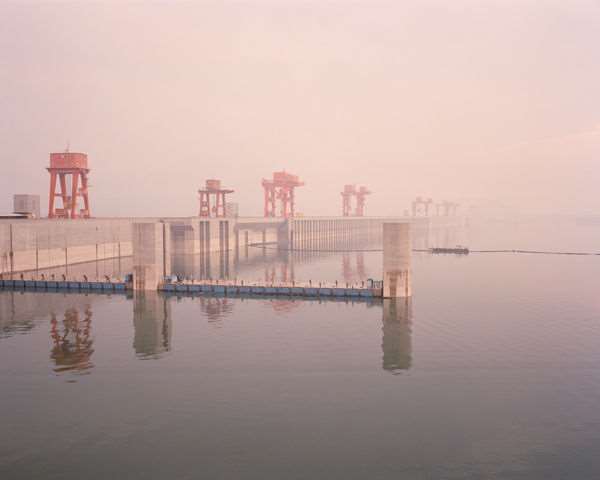
Mustafah Abdulaziz / WWF – UK
Three Gorges Dam
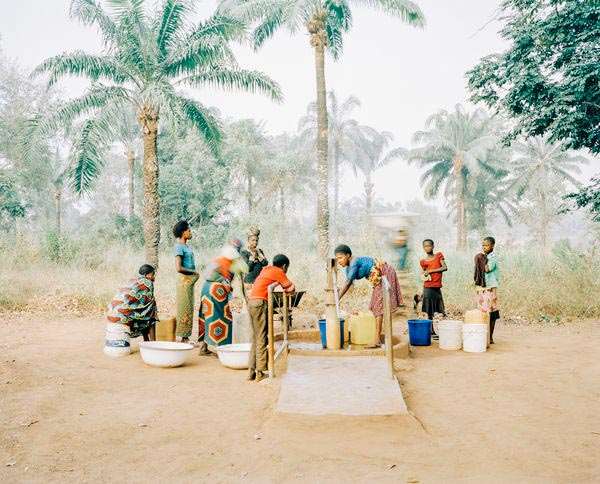
Mustafah Abdulaziz / WaterAid
The Water Pump
Women and children gather at the hand pump in Nigeria. The water point serves the entire community of around 800 people with clean, safe water. For Osukputu, the arrival of clean, safe water means better health, stronger livelihoods and happier families.
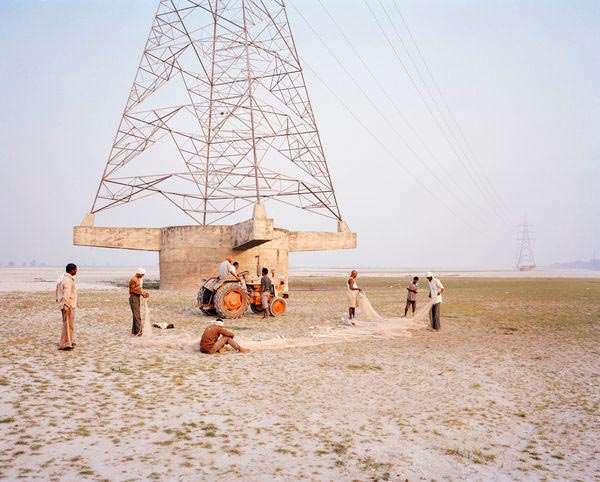
Mustafah Abdulaziz / WaterAid
The Ganges Riverbed
The riverbed drained from the barrage, leaving behind a desert-like area where the water used to be. Citizens of the area of India complain of the poor health of the river; the depletion of the water levels, the pollution, and the disappearance of river life.
With a population of 1.25 billion, India is the world’s largest democracy and one of the fastest-growing large economies, second only to China. Inequalities persist, however, with more than 300 million people living in extreme poverty. Essential social services continue to be inadequate, from safe drinking water and waste disposal, to education and healthcare.
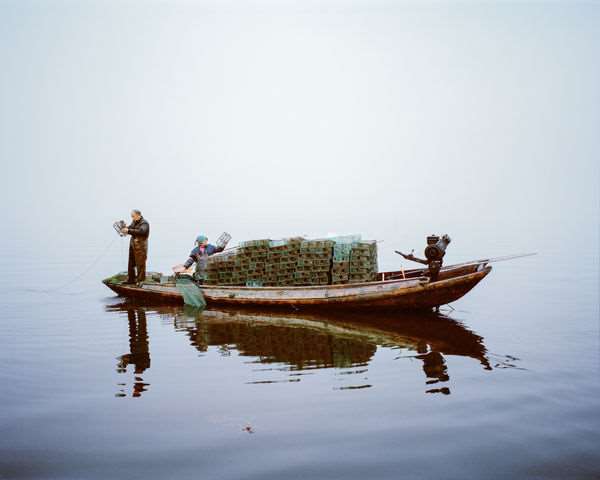
Mustafah Abdulaziz / WWF-UK
Shrimp Fishing
Although poems and stories about Lake Hong’s purity are enshrined in Chinese cultural history, it has been damaged by unsustainable fishing practices. Over the past 14 years, WWF, its partners, local communities and government have helped to restore the lake, demonstrating how sustainable fishing methods can result in healthy fish, reduced pollution and clean water.
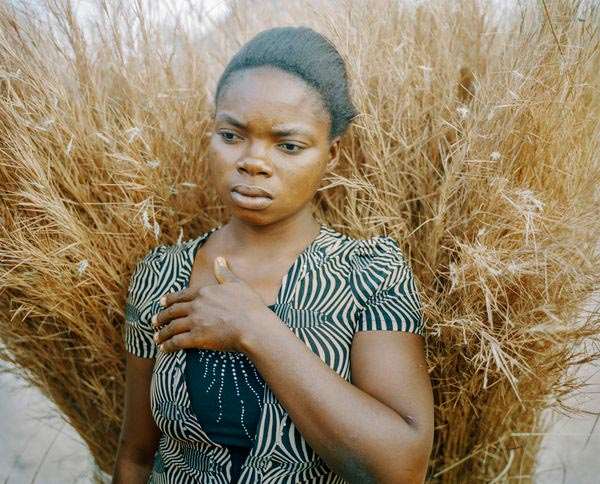
Mustafah Abdulaziz / WaterAid
Improving Water Quality
Maryam Terkuma, 28 years old, is a farmer in Orwua Nyam, Nigeria.
“I was married into this community and when I arrived, the situation was terrible and there was a lot of suffering. There was no clean water and there was shit everywhere – around your house, the farm and even near the pond where we get water, so the rain would wash the shit into the pond. To make matters worse, the water was very dirty and salty, so people fell sick a lot. Personally, I had stomach aches and painful urination, especially during my pregnancy, and I passed faeces with blood sometimes.”
The community’s only water source was a stream. To access the stream, residents had to cross a main road. Three children were injured while crossing the road to collect water, one of whom later died. WaterAid worked with the community of Orwau Nyam to set up a water and sanitation committee and encouraged people to build toilets. The project also saw the installation of a new water pump.
“As a committee member, I am tasked with hygiene promotion,” Maryam continues. “I educate and sensitise the women on proper hygiene practices. Clean plates are now seen in the kitchens and water is well covered when it is stored. We advise that latrines be kept clean and handwashing be done.
“The changes I have seen are very good and encouraging. People hardly go to the hospital now. Now I have time to do my chores and go to the farm. Honestly, there is a great improvement.”
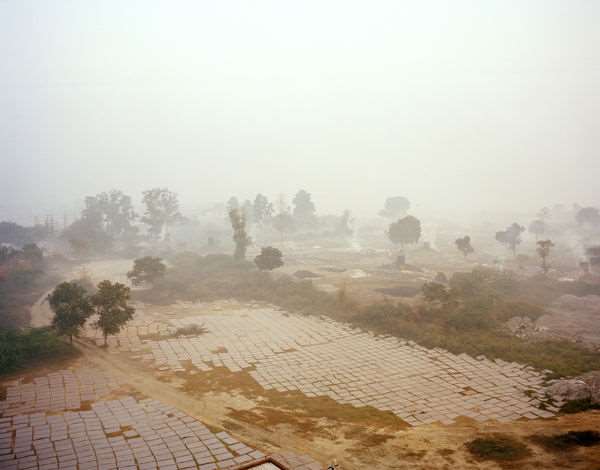
Mustafah Abdulaziz / WaterAid
Leather Tannery Fields
Kanpur is home to one of the largest tannery and leather goods clusters in India, exporting more than 90% of the leather it produces. The acids, dyes, chromium compounds and salts used to treat animal hides are so toxic that in 2013 the government temporarily closed the city’s 400 tanneries. For years chemical wastewater has passed into run-off streams, which meet with other open water sources, eventually flowing into the Ganges.
Government regulation now requires all tanneries to be fitted with chrome recovery plants, to remove the most toxic of pollutants from the waste water; but, with no method of water-quality testing that can detect all of the pollutants, there is no research on how effective this approach is.
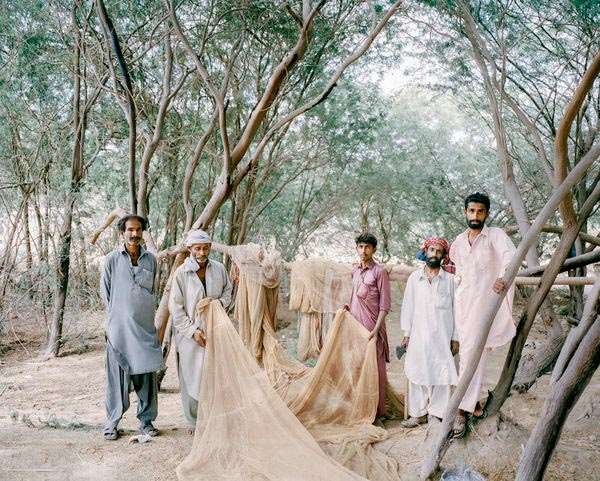
Mustafah Abdulaziz / WaterAid
Fisherman Wait In Pakistan
Fishermen await the tide and their turn to take one of the shared boats out to sea, searching further and further from the coast to catch fish.
Pakistan is one of the most populous countries in the world. The increasing proportion of the country’s working-age population is an opportunity for growth, but also presents a challenge to providing basic services. Urbanisation and political instability have resulted in millions of people lacking access to safe water and sanitation. Pakistan has achieved the Millennium Development Goal target of access to improved water resources; however, 15 million people still do not have access to a safe supply. Around 93 million people don’t have access to adequate sanitation – more than half of the population.
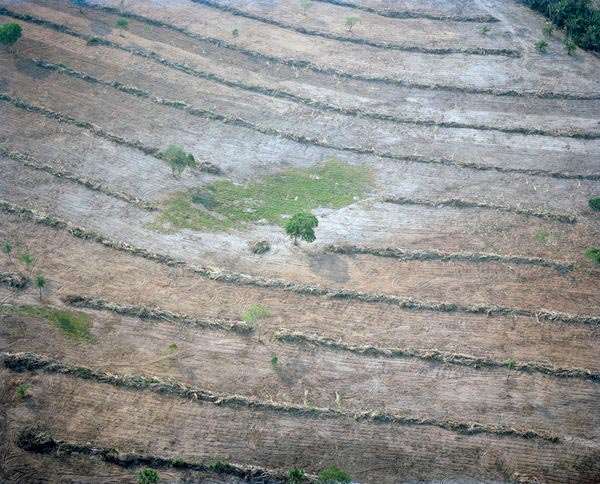
Mustafah Abdulaziz / WWF-UK
Deforestation in Brazil
Agriculture is expanding rapidly in Brazil. In the state of Mato Grosso, home to the Pantanal wetland and its headwaters, vast areas of forests have been cleared and vital vegetation has been removed around water sources to make way for cattle farming and staple crops for export such as soy and sugar cane. Lack of enforced forest protection and unsustainable farming practices lead to extensive soil erosion. Without the defence the trees provide, silt and agricultural pesticides pollute the rivers, reducing the water quality and, in extreme cases, stopping the flow of the natural springs altogether.
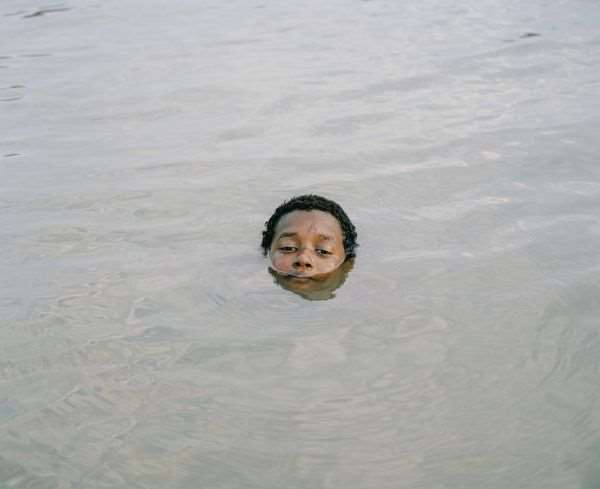
Mustafah Abdulaziz / WWF-UK
The Paraguay River
Claudio plays in the Paraguay River in Cáceres, Mato Grosso, Brazil. Latin America’s largest country, Brazil holds 12% of the world’s fresh water. It is home to the world’s biggest river, the mighty Amazon, and the world’s largest wetland, the Pantanal. Both are threatened by deforestation, expanding agriculture and infrastructure.
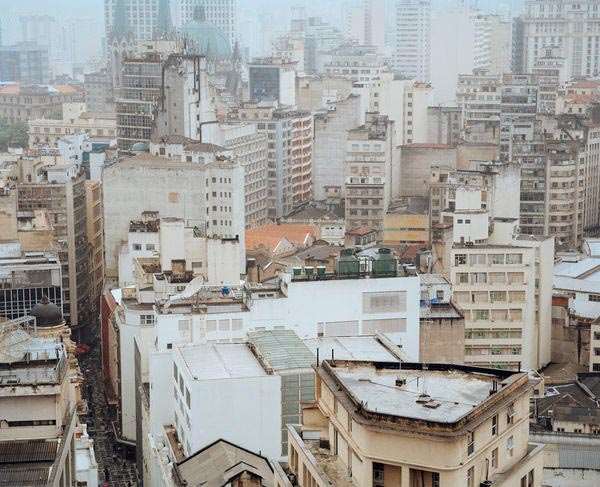
Mustafah Abdulaziz / Earthwatch
The City View from Edificio Martinelli
As the biggest city in the western hemisphere, São Paulo is a huge metropolis, home to more than 21 million people, with an average demographic density of 2,500 people/km2. The impact on fresh water is enormous. The Tietê River and Pinheiros River are the main sources of fresh water in the city but both became heavily polluted in the late 20th century through industry and wastewater from residential areas. Although São Paulo is considered the financial capital of Brazil, nearly 2.1 million residents live in the city’s favelas (slums).
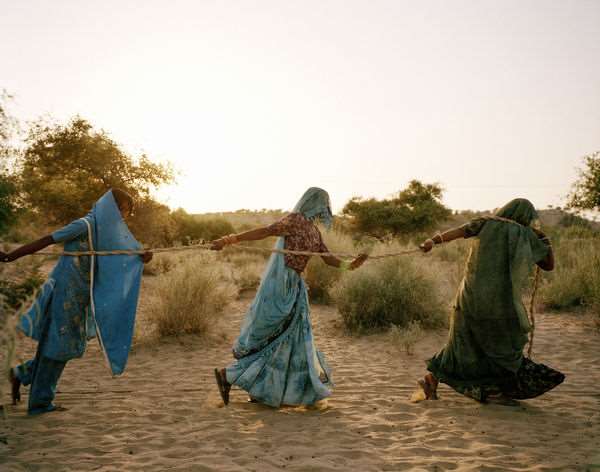
Mustafah Abdulaziz / Wateraid
Pulling water
Women pull water from a well in the Thar desert, where temperatures hover at 48-50°C on summer days. With an extremely low water table and continuing drought, sometimes water must be hauled from a depth of 150-200 feet. “Women fall unconscious on their way to these dug wells,” says Marvi Bheel, 45, a resident of Bewatoo, Tharparkar. The journey can take up to three hours. From the water-scarce regions in southern Ethiopia to the desert wells of Pakistan, it is women who are primarily responsible for gathering water.
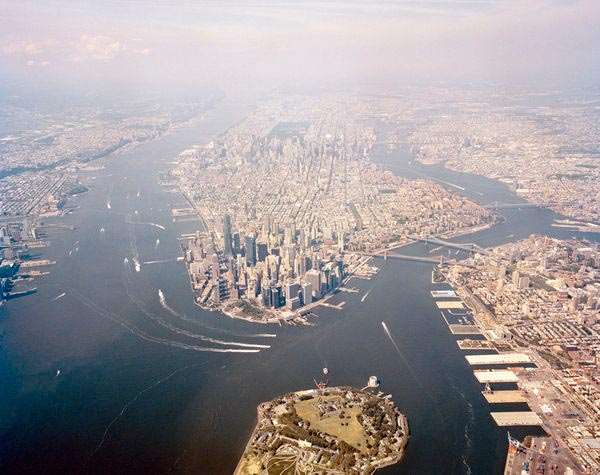
Mustafah Abdulaziz / Earthwatch
Aerial View of Lower Manhattan
Home to more than 8.4 million people, New York is the largest city in the United States. Due to its location at the crossroads of the Hudson River and the Atlantic Ocean, water borders all five boroughs and surrounds the island of Manhattan. Despite being one of the wealthiest cities in the world, New York still has significant water quality problems mainly stemming from old infrastructure, storm water overflow and too many impervious surfaces such as concrete. Various initiatives by local government, private businesses, university researchers and non-profit groups are working towards understanding and improving water quality in New York for future generations. These include the HSBC Water Programme’s global partner Earthwatch, and local partners Riverkeeper and the Central Park Conservancy.
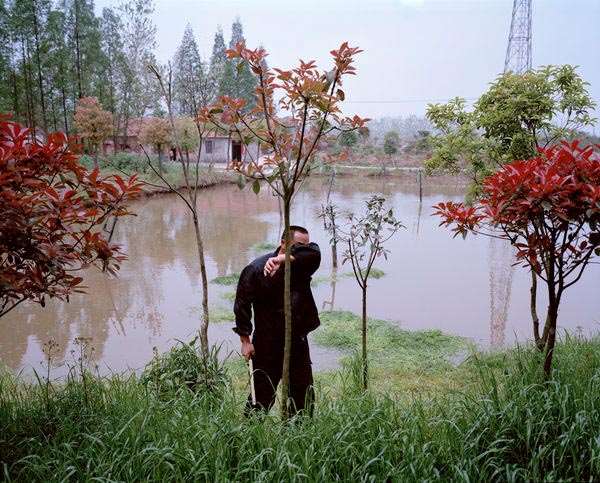
Mustafah Abdulaziz / WWF-UK
Fish food
China is the world’s largest aquaculture producing nation. It is responsible for 68% of global production. Aquaculture provides about a third of the animal protein we consume worldwide. For the past two decades, aquaculture production in China has been growing rapidly, in pursuit of high outputs and economic benefits. This has resulted in a number of environmental and food security problems.
WWF is working to improve the health of the river so that the communities and businesses that depend on it can thrive. With the support of local partners, WWF is working with government, scientists and communities to advocate responsible fisheries and changes to fish farming models. Since 2002, the organisation has empowered 144,000 people to adopt greener fishing and farming methods to reduce pollution and improve food security and livelihoods.
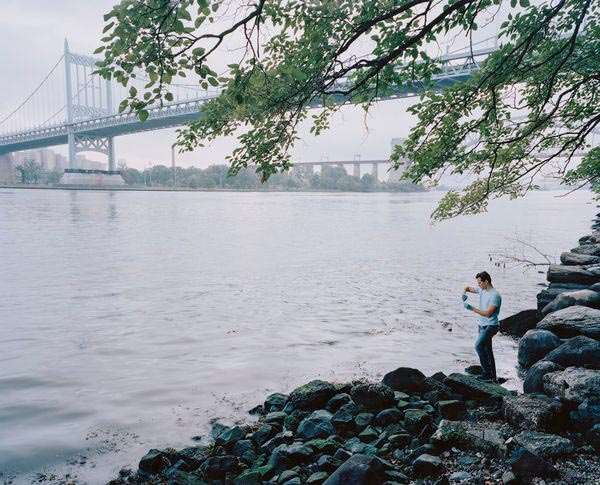
Mustafah Abdulaziz / Earthwatch
Citizen scientist
Astoria Park is in the New York City borough of Queens and is the testing site of Citizen Science Leader (CSL) Peter Tavolacci. Peter is a HSBC employee and was trained as a CSL by Earthwatch as part of the HSBC Water Programme. He joined the FreshWater Watch community of more than 8,000 people who have collected 15,000 water quality samples around the world. Peter said, “I’ve always felt a real connection with nature. I remember my days in the Scouts where we would always strive to leave nature even better than how we found it, so joining this programme was natural for me. I have absolute belief that my collection of data can have a big impact because of the number of people around the world joining in.”

EDITOR'S PICKS







